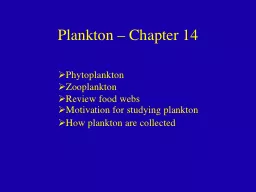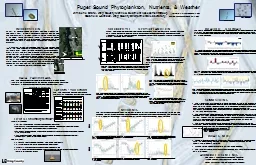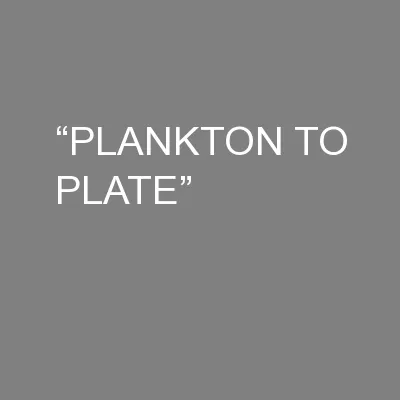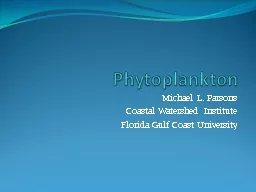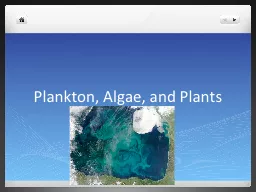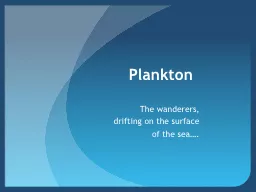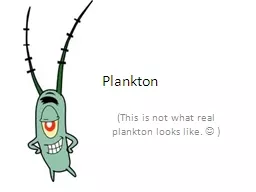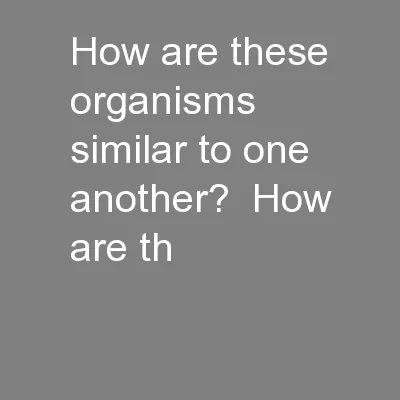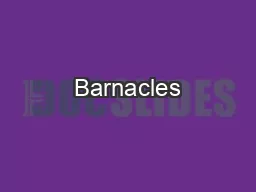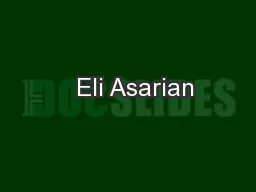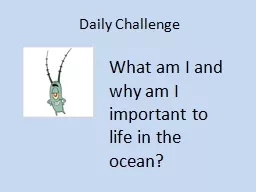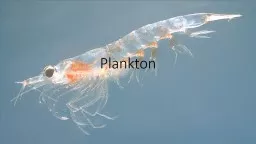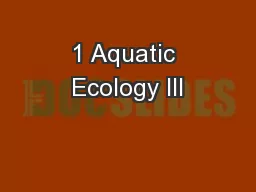PPT-Plankton – Chapter 14 Phytoplankton
Author : contessi | Published Date : 2020-08-29
Zooplankton Review food webs Motivation for studying plankton How plankton are collected Review What is plankton Plankton comes from the Greek word Planktos that
Presentation Embed Code
Download Presentation
Download Presentation The PPT/PDF document "Plankton – Chapter 14 Phytoplankton" is the property of its rightful owner. Permission is granted to download and print the materials on this website for personal, non-commercial use only, and to display it on your personal computer provided you do not modify the materials and that you retain all copyright notices contained in the materials. By downloading content from our website, you accept the terms of this agreement.
Plankton – Chapter 14 Phytoplankton: Transcript
Download Rules Of Document
"Plankton – Chapter 14 Phytoplankton"The content belongs to its owner. You may download and print it for personal use, without modification, and keep all copyright notices. By downloading, you agree to these terms.
Related Documents

